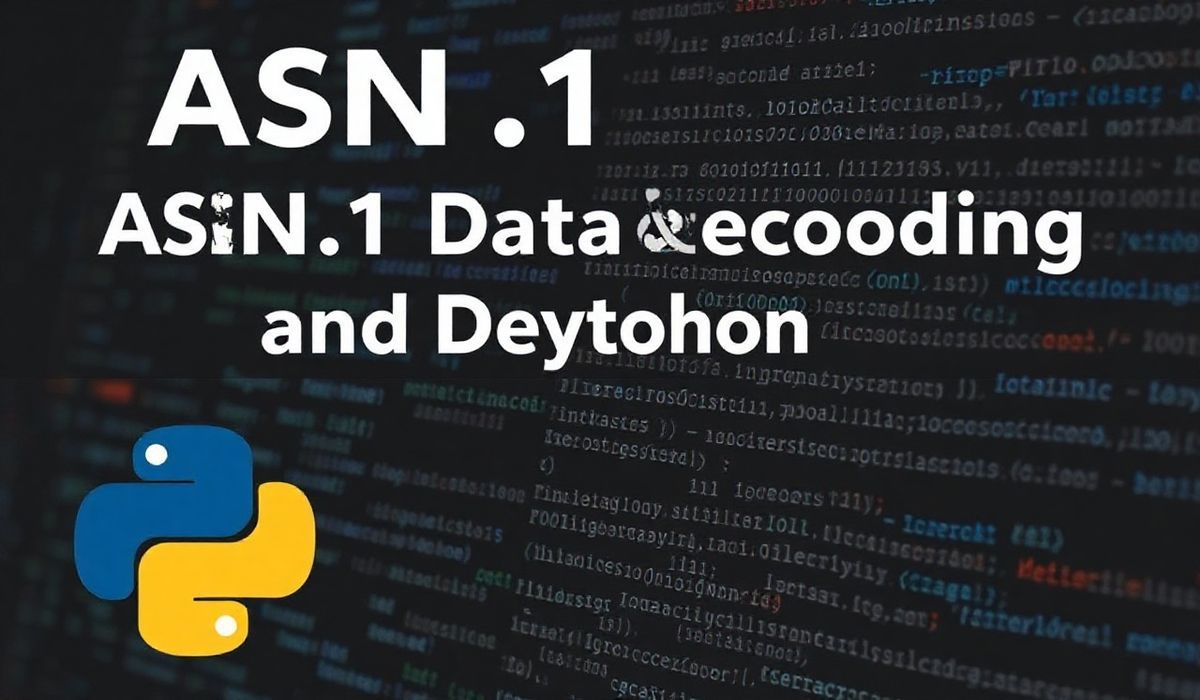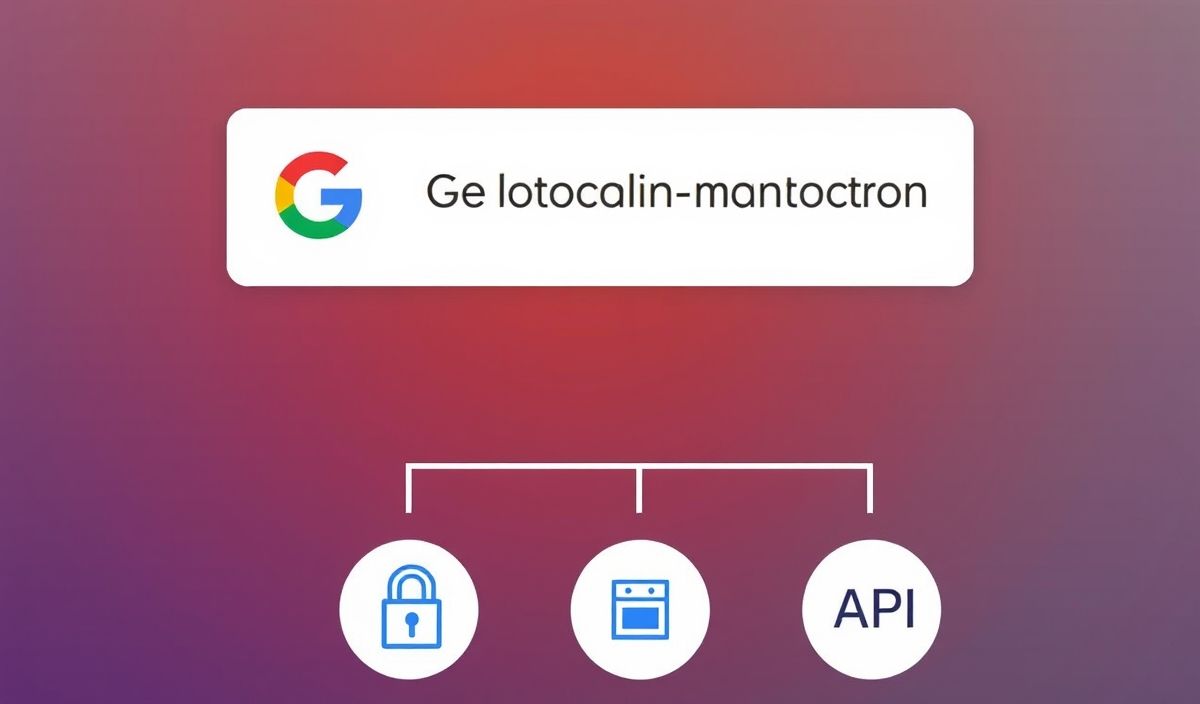Introduction to pyasn1
Welcome to this comprehensive guide on pyasn1, a Python library for encoding, decoding, and managing Abstract Syntax Notation One (ASN.1) data. If you’re dealing with network protocols, cryptographic implementations, or any other application that requires ASN.1 data processing, this library is your go-to solution.
Why pyasn1?
pyasn1 implements all ASN.1 data structures, enabling Python developers to handle complex encoding and decoding tasks with ease. It provides a wide range of APIs to define, serialize, and parse ASN.1 structures effectively. Below, you’ll discover the rich functionality of pyasn1, complete with practical code examples and an application demo.
Essential APIs in pyasn1 With Examples
1. Defining ASN.1 Types
pyasn1 lets you define custom ASN.1 data types such as INTEGER, OCTET STRING, and SEQUENCE. Here’s an example:
from pyasn1.type import univ, namedtype
from pyasn1.codec.der.decoder import decode
from pyasn1.codec.der.encoder import encode
# Defining a custom SEQUENCE
class MySequence(univ.Sequence):
componentType = namedtype.NamedTypes(
namedtype.NamedType('field1', univ.Integer()),
namedtype.NamedType('field2', univ.OctetString())
)
# Creating an instance
my_sequence = MySequence()
my_sequence.setComponentByName('field1', 42)
my_sequence.setComponentByName('field2', b'Example')
# Encoding
encoded = encode(my_sequence)
print(f'Encoded Data: {encoded}')
2. Decoding ASN.1 Data
The library makes it easy to decode ASN.1-based data:
# Decoding
decoded, _ = decode(encoded, asn1Spec=MySequence())
print(f'Decoded Field 1: {decoded.getComponentByName("field1")}')
print(f'Decoded Field 2: {decoded.getComponentByName("field2")}')
3. Handling Enumerations
The library supports ASN.1 ENUMERATED values. Here’s an illustration:
from pyasn1.type import namedval
# Defining ENUMERATED
class MyEnum(univ.Enumerated):
namedValues = namedval.NamedValues(
('optionA', 0),
('optionB', 1),
('optionC', 2)
)
# Using the ENUM
enum_instance = MyEnum('optionB')
print(f'Enumerated Value: {enum_instance}')
4. Working With BIT STRING
Define and manipulate BIT STRINGs effortlessly:
from pyasn1.type import namedval
# BIT STRING Example
bit_string = univ.BitString("1101")
print(f'Bit Value: {bit_string}')
5. Application Example Using APIs
Now that we’ve covered individual APIs, let’s build a small app processing user credentials using ASN.1 SEQUENCE:
from pyasn1.type import univ, namedtype
from pyasn1.codec.der.encoder import encode
from pyasn1.codec.der.decoder import decode
# Define User Model
class UserCredentials(univ.Sequence):
componentType = namedtype.NamedTypes(
namedtype.NamedType('username', univ.OctetString()),
namedtype.NamedType('password', univ.OctetString())
)
# Encode user data
def encode_user_data(username, password):
user = UserCredentials()
user.setComponentByName('username', username)
user.setComponentByName('password', password)
return encode(user)
# Decode user data
def decode_user_data(encoded_data):
decoded, _ = decode(encoded_data, asn1Spec=UserCredentials())
return dict(
username=str(decoded.getComponentByName('username')),
password=str(decoded.getComponentByName('password'))
)
# Main app
if __name__ == '__main__':
user_data = encode_user_data(b'Alice', b'SecurePass123')
print(f'Encoded User Data: {user_data}')
decoded_user = decode_user_data(user_data)
print(f'Decoded User: {decoded_user}')
Conclusion
pyasn1 simplifies the processing of ASN.1 data in Python. This tutorial touched on defining types, encoding/decoding, and practical usage in a small app. With this library, you can manage complex ASN.1-driven architectures reliably. Incorporate pyasn1 into your projects and accelerate development workflows today!




